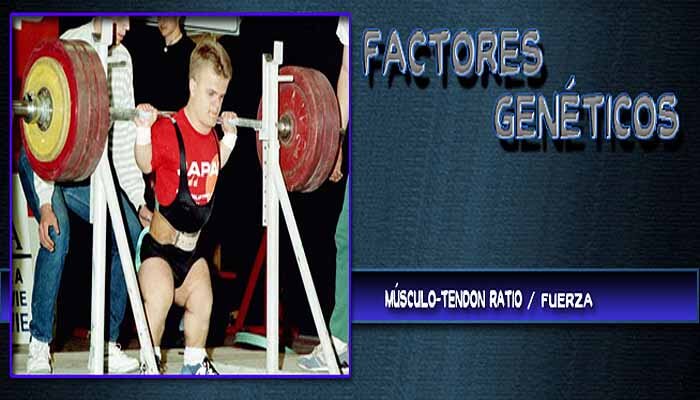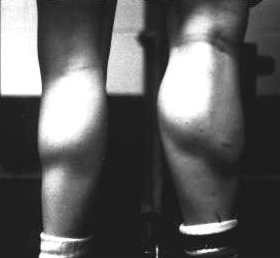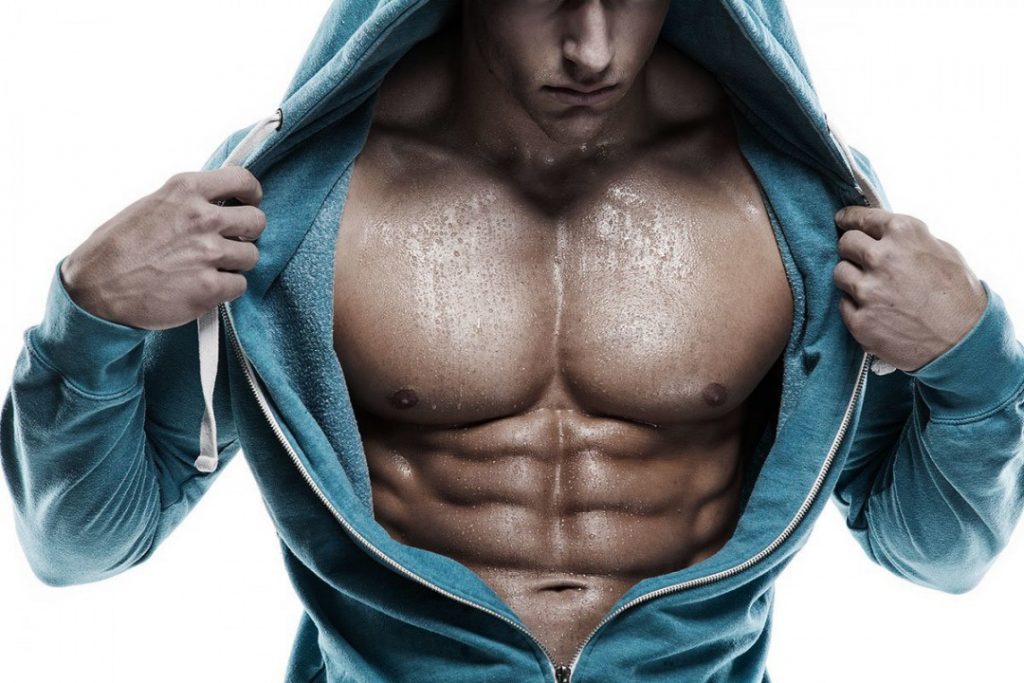In previous articles we have talked about how essential our genetics are in bodybuilding. This time we will comment on some of the genetic factors.
Genetics play a huge role in response to weight training. Due to genetics, some people get higher gains in size and strength, while others get lower gains, even when using an identical strength program (doing the same exercises and using the same number of sets and reps).
Knowing why certain genetic factors determine your response to weight training is important in order to modify your training methodologies to make better use of your individual traits.

Here are some of the factors that determine the response to weight training:
1. Muscle-tendon ratio.
The potential of a muscle to increase in size is related to the length of its muscle fibers and tendons. Everything else is the same… those with longer lengths of muscle fibers and short tendons have a greater potential to reach muscle size than those with shorter lengths of fibers and long tendons.

The dramatic impact of muscle-tendon relationships can be seen in the photograph of two women who are contracting their twins. Note that the lengths of their lower legs are roughly the same, but the lengths of their muscle fibers and tendons are very different. The woman on the right has much longer muscle fibers and shorter tendons than the woman on the left.
At the time of the photograph, the individuals – two female college gymnasts in their first year – were training partners who had been doing a strength program for almost eight months, performing the same exercises and sets / rep scheme.
2. The force.
A larger muscle has a larger cross-sectional area. A larger cross-sectional area contains a greater number of protein filaments and cross bridges, thus increasing the ability to produce force. Therefore, a larger muscle – in terms of its cross-sectional area – is also a stronger muscle. This means that individuals with longer muscle fiber lengths have the potential to be quite strong.
3. Lengths and proportions of the body.
Some people have levers (bones) for length and body proportions that give them a greater influence in lifting weights and greater potential for increasing strength than other individuals.
This can be easily seen in powerlifting. Those with a thick chest and short arms (also known as “crocodile arms”) will have a lever length that favors lifting the bench press, while those with a short torso, wide hips, and short legs favor the bench press. lifting the squat. Wide hips and long arms also aid in the deadlift.
Those with a favorable lever length and body proportions have a higher potential for strength in certain exercises, as they do not have to move the weight like those with a less favorable lever length and body proportions. The end result is that you can lift extraordinarily heavy weights.
4. Accept the truth.
All men (and women) are not the same. If two individuals perform the same strength / diet program, it is highly unlikely that they will both achieve the same level of size and strength.
Each individual responds differently – with the exception of some identical twins – each has a different potential to improve their size and strength. Some people just have an easier time developing size and strength levels than others.

Following the routines of famous bodybuilders and powerlifting champions does not mean that you will reach the same level of size or strength.
For all intents and purposes, you cannot change the traits that you have inherited. However, this is not to say that there is no hope that you can get bigger and stronger, just be realistic and smart about it.

